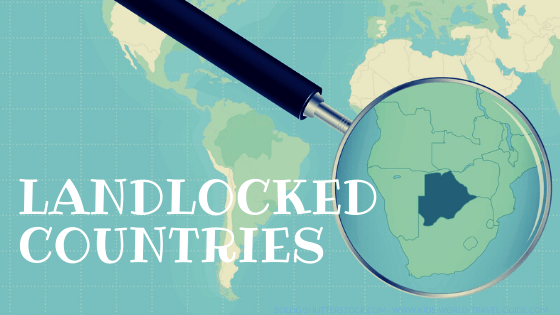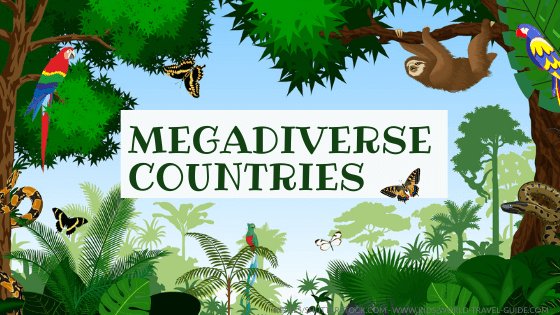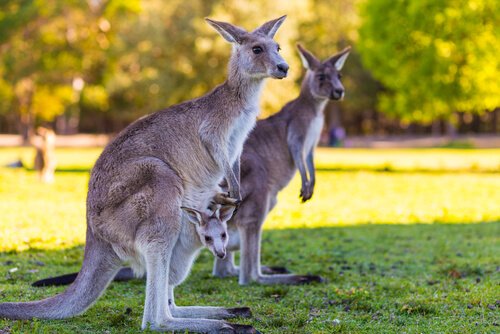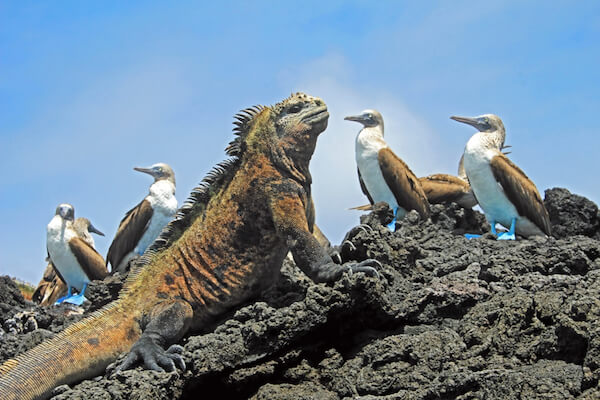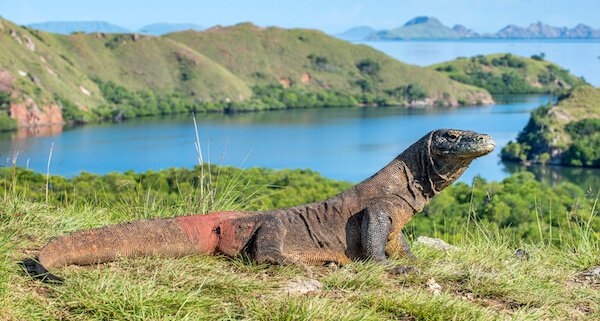- Homepage
- Facts about New Zealand
- Animals in New Zealand
Animals in New Zealand
New Zealand animals you should know about
There are quite a number of fascinating animals in New Zealand! And New Zealand has many species of endemic birds, reptiles, fish and insects, but almost no endemic mammals! Endemic means that these animal species can only be found in this country.
New Zealand's only native land mammals are bats! The marine mammals in New Zealand include various species of whales and dolphins, seals and even penguins.
Endemic animals in New Zealand
In New Zealand there are about 80,000 endemic animal species.

New Zealand has a varied marine life and birdlife, although many bird species that once lived on the islands are now extinct or threatened and belong to the endangered species.
Various conservation programmes exist in the country and progress is made with some species such as the cute 'Little spotted kiwis' whose numbers fortunately is growing again substantially in recent years due to various protection measures.
15 Animals in New Zealand you should know about
Kiwi
Here are some unique animals in New Zealand you should have heard about:
New Zealand’s national bird is the kiwi, a flightless bird. There are five species of kiwi birds. The 'Brown kiwi' is the species that is most often encountered.
 The Brown kiwi can be seen on North Island
The Brown kiwi can be seen on North IslandThe smallest are the little spotted kiwi and the largest are the great spotted kiwi, easy to remember! Kiwi are birds but are very heavy due to having bones filled with marrow just like mammals. With their strong legs, they can run almost as fast as humans! The kiwi is a nocturnal bird.
Weka
Another flightless bird, the weka is a cheeky bird that is often seen on campgrounds rummaging through food and picking on shiny objects.
 Weka
WekaKākāpō
A highly endangered species, the kākāpō, is a large parrot but is flightless! There are only about 200 of them still alive.
 Kakapo
KakapoThe kakapo is the only nocturnal parrot in the world. This parrot though has small eyes, and 'sees' with its sense of smell. The nostrils on his large bill are very sensitive and lead his way to fruit and nuts, that are found on the ground.
Tuatara | Animals in New Zealand
The fascinating tuatara is unique to New Zealand as well. The tuatara is the world's only reptile with a beak and has an unbroken ancestry that leads back more than 200 million years ago.
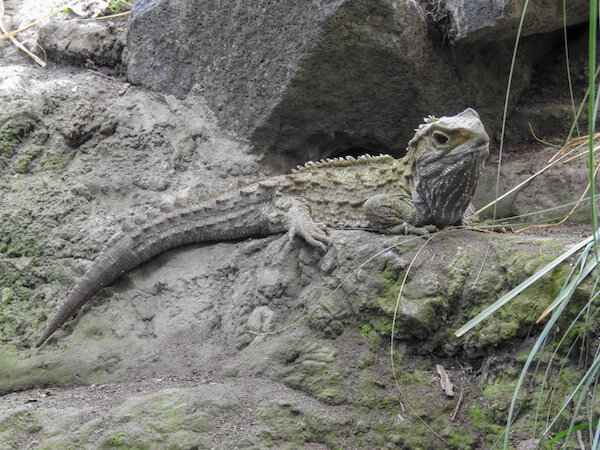 Tuatara
TuataraThe night-active reptile has a ridge with spines on the back. If an animal is night-active, this is a nocturnal animal. Other nocturnal animals in New Zealand are owls, kiwis and kakapos.
Kea
Keas are the only parrots in the world that live in an alpine area. These parrots live in the mountains of South Island and can be seen on snow fields.
 Kea
KeaThe kea is known as very intelligent, curious and playful.
The green mountain parrots have been seen using chewing on nails, snatching windscreen wipers from cars and opening latches of bins.
Black Stilt or Kakī
The kakī, also called Black Stilt, is one of the world’s rarest birds that wade in water. There are only about one hundred birds left now.
 Black Stilt or Kaki
Black Stilt or KakiKakīs live in riverbeds and swamps. Their chicks can swim almost immediately after they hatch.
Tūī
The tūī is a common garden bird that feeds on fruit, nectar and insects. It is known as a honeyeater and can grow up to 30 cm long.
 Tūī
TūīThe colourful bird is recognised easily by the white tufts of white feathers on the throat.
Takapu or Gannet
Australasian gannets are also referred to as Takapus in New Zealand. These large sea birds are commonly seen breeding along the New Zealand shoreline.
 Gannets
GannetsTakahē
The takahē is another flightless bird and is the world's largest rail species. A rail is a bird with short wings, strong legs, large feet and long toes.
 Takahe
TakaheTakahē live in grassland and can become about 20 years old. They hold special cultural and traditional value with the Māori people.
Morepork
The owl with the funny name is called ruru by the Māori people - for its call. The morepork is a native owl in New Zealand and can be found mainly in forests.
 Morepork owl
Morepork owlThis owl is not only found in New Zealand but also in Tasmania/ Australia.
Animals in New Zealand
Hector's dolphins
Hector’s dolphins are the world’s smallest dolphins. They have distinct black features such as a facial marking and a fin, that is shaped like the ear of Mickey Mouse.
 Hector dolphins in New Zealand
Hector dolphins in New ZealandThese dolphins live only in shallow coastal waters of New Zealand and are an endangered species and the population is only about 7000.
Animals in New Zealand
Whales
Kaikoura, on the South Island, is the only place in the world where you can encounter sperm whales.
Sperm whales are the largest toothed whales and grow up to 15 m/ 49 ft long.
 Fluke of a young spermwhale
Fluke of a young spermwhaleKiller whales, humpback whales and Bryde whales can be seen in New Zealand waters too.
Blue Penguins
Blue penguins are the world’s smallest penguin species. They are only about 30 cm/ 11.8 in tall.
The little penguins are night-active on land, that means they only waddle around on land at night.
 Little blue penguins in New Zealand
Little blue penguins in New ZealandIn Maōri language, these penguins are called kororā.
Fur Seals
Seals and sea lions are among the marine mammals that live in New Zealand. Adult seals are called bulls for males and cows for females. Young seals are called pups.
 Fur seal
Fur sealDid you also know, that a large group of seals that gather during breeding are called a "harem"?
Animals in New Zealand: Sheep
One animal that you will encounter throughout New Zealand and that outnumbers the population by far is the sheep.
There are about 26 million sheep in New Zealand, that there are five times more sheep in New Zealand than people. More than half of the sheep species in New Zealand are Romney sheep.
 Romney sheep in New Zealand
Romney sheep in New ZealandThis breed originates in England and produces excellent meat and wool. Sheep farming is dominant in the country since the 1850s.
Extinct: Moa
Last but not least: The moa was once the world's largest flightless bird, but this species that was endemic to New Zealand is now extinct.
On the image below you can see the massive size of the moa. The image shows a kiwi, an ostrich skeleton and a moa skeleton.
 Kiwi - ostrich - moa
Kiwi - ostrich - moaThe moa was a giant flightless bird which stood up to 3.6 m/ 11.8 ft tall, were endemic to New Zealand and became extinct about 500 to 600 years ago.
Did you know...?
Animals in New Zealand: Although there are no deadly snakes in New Zealand, occasionally some sea snakes reach the New Zealand shores of North Island. These sea snakes come from tropical regions. There are some venomous spiders but none are deemed deadly although a bite by a katipo spider will be extremely painful.
Popular Pages
Resources | Animals in New Zealand
- Forest and Bird. "Wild Nightlife". Forest&Bird. Last accessed 1 March 2023
- New Zealand Tourism. "Whale Watching." 100% Pure New Zealand. Last accessed 1 March 2023
- Blue Penguin Colony Oamaru. "Penguin Facts." Penguins. Last accessed 1 March 2023
- World Wild Life Fund. "Hector’s Dolphins." WWF. Last accessed 1 March 2023
- Department of Conservation. "Kākapō: New Zealand native land birds". NewZealandGovernment. Last accessed 1 March 2023
- Department of Conservation. "Native Animals". NewZealandGovernment. Last accessed 1 March 2023
Competition 2024 is open!

More about Oceania
 Landmarks in Australia/Oceania
Landmarks in Australia/OceaniaNews for Kids
Megadiverse Countries
Join us on Facebook
Competition 2024

















